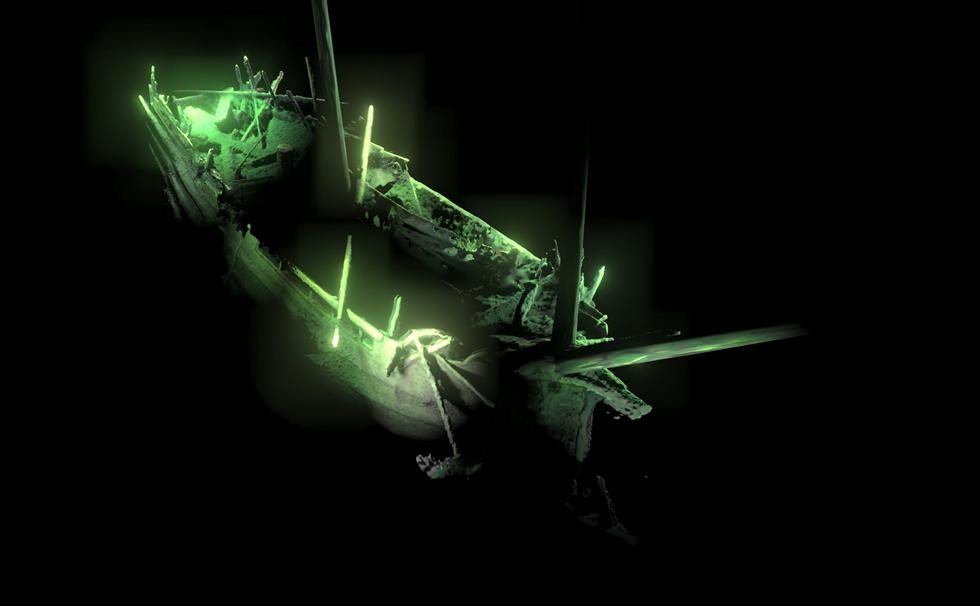An international team of scientists has revealed the remains of an intact and astonishingly preserved early modern period (late 15th – early 16th century) shipwreck in the Baltic Sea between Estonia and Sweden, using state-of-the-art underwater robotics.
According to the University of Southampton, the UK, this unknown ship is probably the best-preserved shipwreck of its period to be discovered in recent times. “It was first detected with sonar by the Swedish Maritime Administration in 2009, but earlier this year, as part of work carried out by survey specialists MMT, the wreck was identified as having great archaeological and historical significance,” the university said in a statement.
The discovery and further inspection was led by Dr Rodrigo Pacheco-Ruiz, a maritime archaeologist and a deep sea archaeological expert at the Swedish marine survey company, MMT, in collaboration with the Centre for Maritime Archaeology at the University of Southampton, Deep Sea Productions and the Maritime Archaeology Research Institute of Södertörn University.
“It’s almost like it sank yesterday”
“This ship is contemporary to the times of Christopher Columbus and Leonardo Da Vinci, yet it demonstrates a remarkable level of preservation after five hundred years at the bottom of the sea, thanks to the cold, brackish waters of the Baltic,” Pacheco-Ruiz said in a statement.
“It’s almost like it sank yesterday – masts in place and hull intact. Still on the main deck is an incredibly rare find – the tender boat, used to ferry crew to and from the ship, leaning against the main mast. It’s a truly astonishing sight.”
From the archaeological survey, it is believed the shipwreck could date between the late 15th century and the early 16th century. “This would place it earlier than the warship Mars, which sank after an explosion in the First Battle of Öland in 1564, and Henry the VIII’s Mary Rose (1510-1545 AD), as well as the Swedish warship Vasa (1628 AD),” the university said.
A rare find
According to the University of Southampton, the dating of this wreck underlines the importance of the discovery. “It is rare to find a ship in such an astonishing condition that predates the larger and more powerful vessels involved in the later Northern Seven Year’s Wars (1563-1570) – a period of great importance which defined the path of modernisation of Scandinavian nations,” the university noted.

Unlike the scattered remains of the Mars, which exploded in battle, this newly discovered wreck lies on the seabed with her hull structure preserved from the keel to the top deck and all of her masts and some elements of the standing rigging still in place, the University of Southampton added.
“Clearly visible are the bowsprit and a rudimentary decorated transom stern, as well as other rarely seen elements, such as the wooden capstan and bilge pump. A testament to the tension on human relationships of the time are the swivel guns, which are still in place on the gun deck.”
Cover: Photogrammetric model of the ship’s bow showing the anchor still in place. Images courtesy of the University of Southampton.

